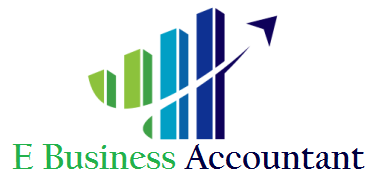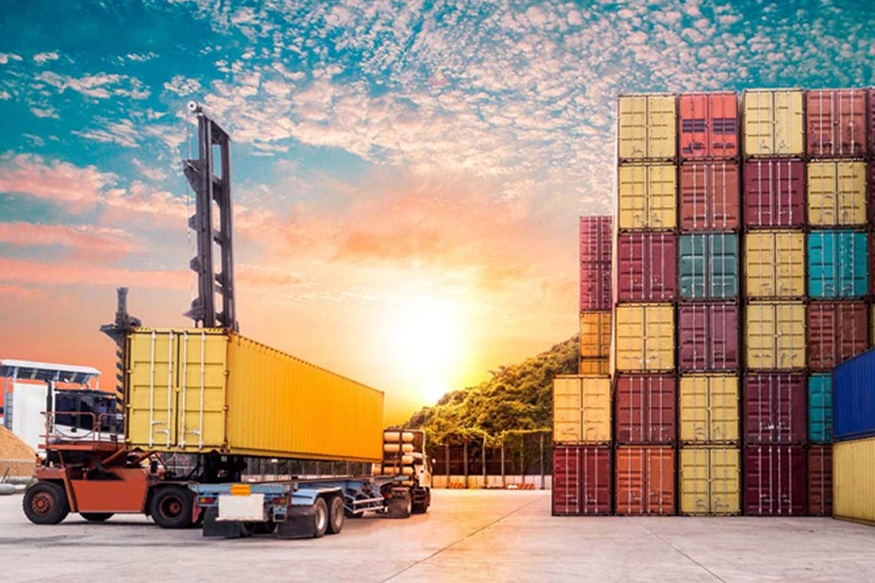The transportation industry is on the cusp of a revolution, driven by the increasing adoption of artificial intelligence (AI) and machine learning (ML) in transportation accounting. As transportation companies navigate the complexities of regulatory compliance, financial management, and operational efficiency, they are turning to AI and ML to streamline their accounting processes, improve accuracy, and drive business growth.
A transportation CPA in Buckeye, AZ can play a critical role in helping transportation companies leverage AI and ML to achieve their financial goals, while ensuring compliance with regulatory requirements and industry standards.
What Are AI and ML?
AI refers to the development of computer systems that can perform tasks that typically require human intelligence, such as learning, problem-solving, and decision-making. ML is a subset of AI that involves the use of algorithms and statistical models to enable machines to learn from data, without being explicitly programmed.
What Are The Applications of AI and ML in Transportation Accounting?
AI and ML have numerous applications in transportation accounting, including:
- Automated Data Processing: AI and ML can be used to automate data processing tasks, such as invoicing, payment processing, and reconciliation.
- Predictive Analytics: AI and ML can be used to analyze large datasets and predict future trends and patterns, enabling transportation companies to make more informed decisions.
- Compliance and Risk Management: AI and ML can be used to identify and mitigate compliance risks, such as non-compliance with tax regulations or safety standards.
- Auditing and Accounting: AI and ML can be used to automate auditing and accounting tasks, such as transaction matching and account reconciliation.
What Are The Benefits of AI and ML in Transportation Accounting?
Here are the benefits of AI and ML in transportation accounting:
Improved Efficiency
- Automation of Manual Tasks: AI and ML can automate manual tasks such as data entry, invoicing, and payment processing, freeing up staff to focus on higher-value tasks.
- Streamlined Processes: AI and ML can help streamline accounting processes, reducing the time and effort required to complete tasks.
Increased Accuracy
- Reduced Errors: AI and ML can reduce errors in accounting and financial reporting, improving the accuracy of financial statements and reducing the risk of non-compliance.
- Improved Compliance: AI and ML can help ensure compliance with regulatory requirements, reducing the risk of fines and penalties.
Enhanced Decision-Making
- Predictive Analytics: AI and ML can provide predictive analytics and insights, enabling transportation companies to make more informed decisions about their business.
- Real-Time Reporting: AI and ML can provide real-time reporting and visibility into financial performance, enabling transportation companies to respond quickly to changes in the market.
Cost Savings
- Reduced Labor Costs: AI and ML can reduce labor costs by automating manual tasks and improving efficiency.
- Improved Cash Flow: AI and ML can help improve cash flow by optimizing accounts receivable and payable, and reducing the risk of bad debt.
Competitive Advantage
- Improved Customer Service: AI and ML can help improve customer service by providing real-time updates and insights into financial performance.
- Increased Competitiveness: AI and ML can help transportation companies stay ahead of the competition by providing predictive analytics and insights, and enabling them to respond quickly to changes in the market.
Bottom Line
AI and ML are transforming the transportation accounting industry, offering numerous benefits, including improved efficiency, increased accuracy, and enhanced compliance. However, there are also challenges and limitations to consider, including data quality, regulatory complexity, cybersecurity, and change management. As the transportation industry continues to evolve, transportation companies need to stay ahead of the curve and adopt AI and ML solutions that meet their unique needs and requirements.

